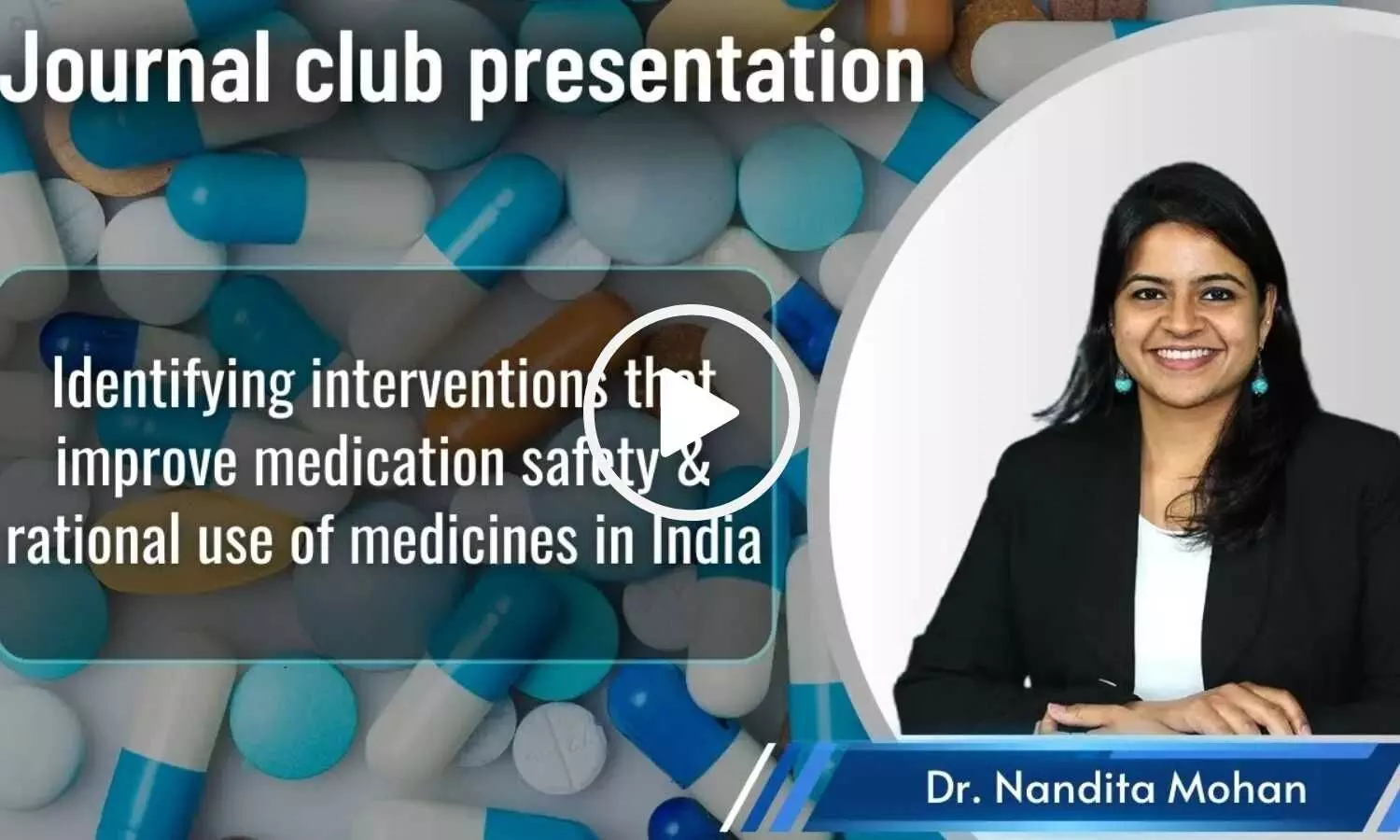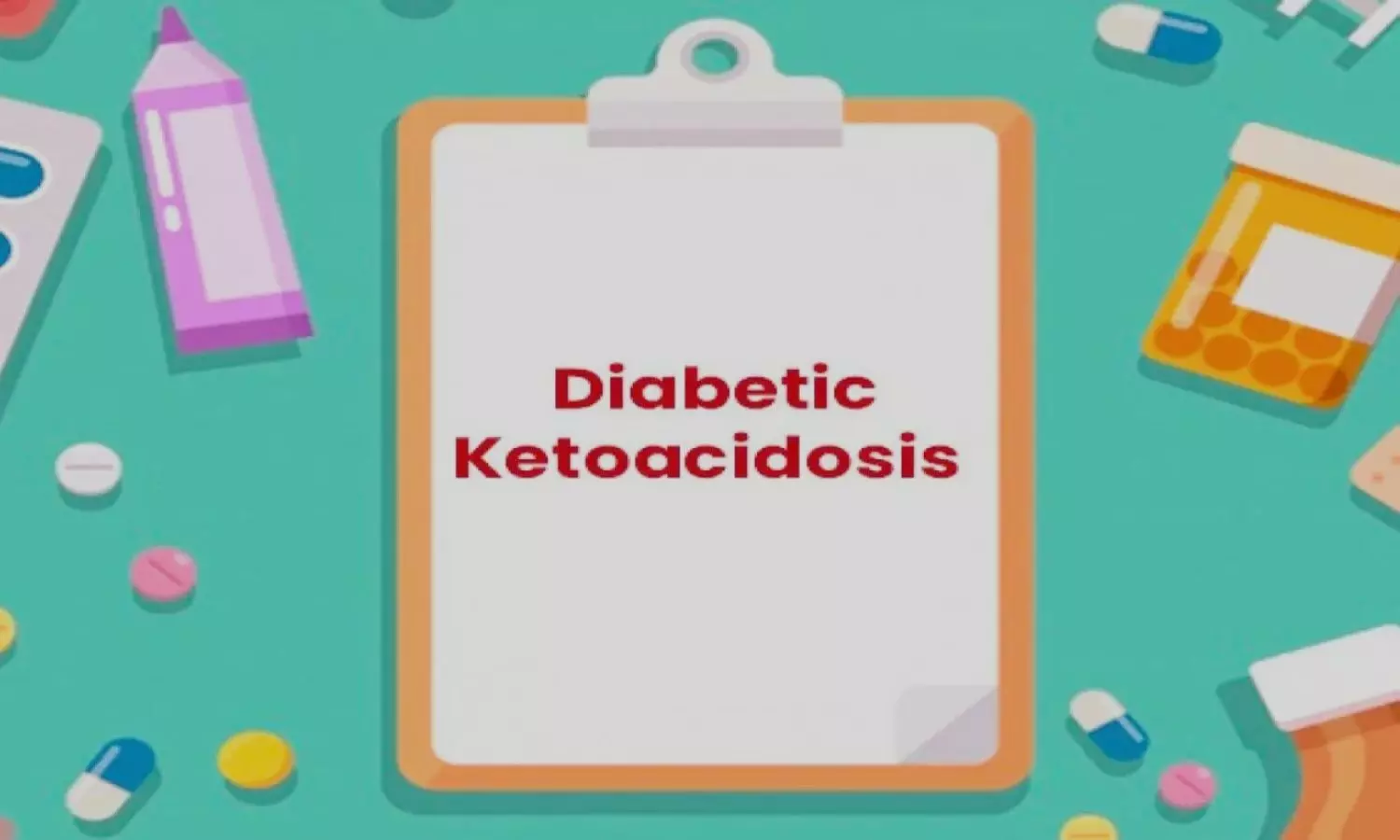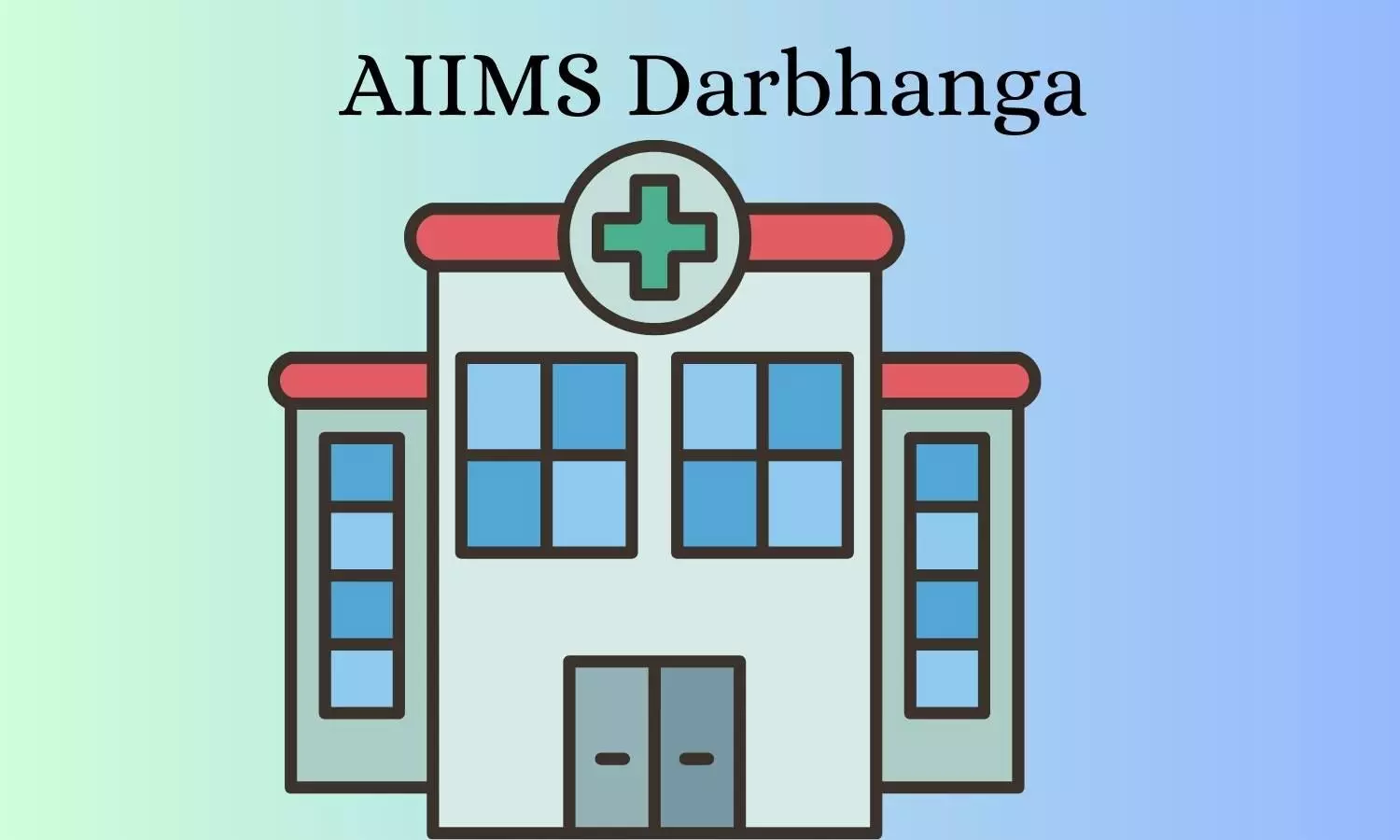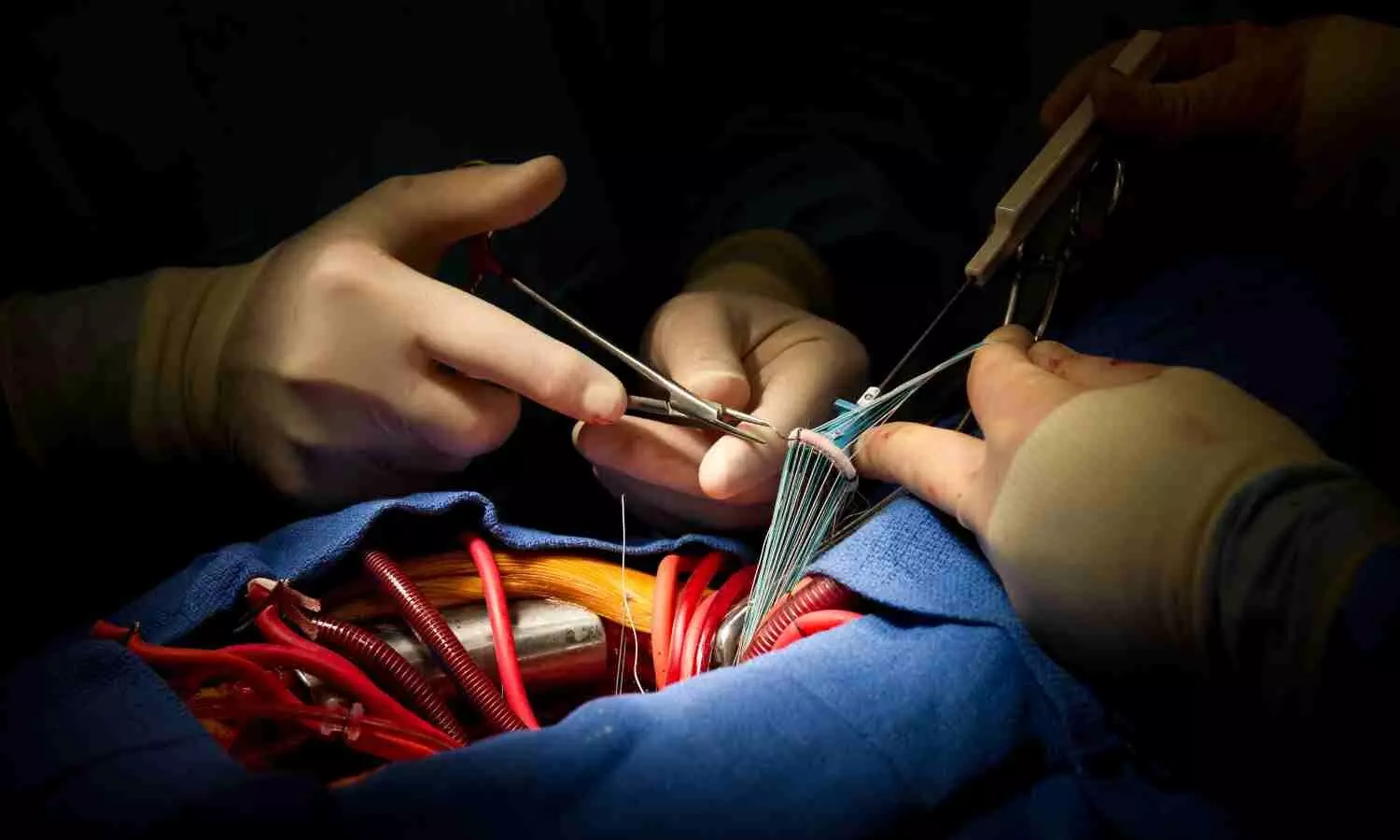Tightly tied waist cord of saree underskirt may lead to skin ulceration and pose cancer risk, warn doctors
Powered by WPeMatico
Powered by WPeMatico
Powered by WPeMatico
Powered by WPeMatico
Powered by WPeMatico
Powered by WPeMatico

Powered by WPeMatico

Himachal Pradesh: Residents of Lahaul and Spiti have appealed to the state government to appoint a paediatrician and a gynaecologist at the district hospital in Keylong, highlighting the need for improved healthcare facilities at the hospital.
The hospital currently has an orthopaedic specialist and an anaesthesia expert, but the lack of paediatric and gynaecology specialists has made it increasingly difficult for the local population to access essential treatments.
Rigzin Samphel Heyreppa, a resident of Lahaul has mentioned that following the opening of the Atal Tunnel, their area has become a thriving destination for the tourist. He further emphasized the importance of healthcare services in the region, given the growing number of tourists. However, the region has not adequately addressed this increasing demand for healthcare. He further mentions that better healthcare facilities are needed to support tourism and ensure the well-being of residents.
A member of the District Council for Lahaul and Spiti named Kunga Bodh emphasized the need for paediatricians and gynaecologists to deliver essential healthcare services directly to the community. He mentions that as winter approaches and heavy snowfall becomes imminent, residents face increased challenges in accessing medical care outside the valley. He also adds that the government must send doctors committed to serving in this tribal district, especially during the harsh winter months.
Also Read: Shortage of Doctors: 78 specialist doctor posts lying vacant in Rudrapur Govt Hospitals
According to The Tribune, Local resident Mohan Lal Relingpa criticizes political parties for their failure to fulfil promises made to them regarding improvement in healthcare facilities made during election campaigns. “Once they are in power, they ignore the problems of the citizens,” he adds.
Local residents of Lahaul and Spiti are especially concerned about the health of children and expectant mothers, as they require consistent access to medical care. They urge the state government to prioritize the deployment of a paediatrician and a gynaecologist at the Keylong hospital.
Anuradha Rana the MLA of Lahaul and Spiti has also expressed concerns and raised the issue with the government, advocating for better healthcare facilities in the district. In response to the pressing demands of healthcare services, the health authorities of Lahaul and Spiti have also informed the higher authorities of the Health Department in Shimla regarding vacant posts of specialists at the Keylong hospital.
Powered by WPeMatico

A recent case report highlights the importance of
understanding the possibility of the development of Euglycemic diabetic
ketoacidosis (EDKA) with the use of Empagliflozin, a new SGLT2 inhibitor as
published in the journal Annals of Medicine and Surgery.
Diabetes is a global pandemic. sodium-glucose cotransporter
2 (SGLT2) inhibitors are the common medicinal management for diabetes. Empagliflozin
which is a SGLT2i is frequently prescribed for diabetes due to its cardiorenal
advantages. Diabetic ketoacidosis (DKA) is one of the most serious, significant,
and acute diabetic complications characterized by hyperglycemia and ketoacidosis.
Euglycemic DKA (EDKA) keeps the patient’s serum glucose
concentration within the normal range posing difficulty for the physician and
the patient to identify it immediately. Previous literature shows that EDKA is
one of the complications of using Empagliflozin. Waleed M. Altowayan from Qassim
University, Saudi Arabia presents a case report of EDKA in a patient due to the
use of Empagliflozin.
A 75-year-old woman with a 15-year history of type 2
diabetes mellitus presented to the emergency department with decreased
consciousness and decreased oral intake for two days. She had been diagnosed
with a cerebrovascular accident 12 days back and was discharged then with drugs
like empagliflozin, aspirin, and atorvastatin.
There were no preceding symptoms, moderately dehydrated, with
dry oral mucosa and poor skin turgor. CT scan and blood investigations were
unremarkable except for metabolic acidosis, despite a minimally elevated serum
glucose concentration. The patient was admitted to the intensive care unit with
a diagnosis of EDKA secondary to empagliflozin and treated with intravenous
rehydration therapy and intravenous insulin infusion. The patient was later discharged
after gradual resolution of the ketoacidosis, with a normalized anion gap and
elimination of the serum ketones,and was prescribed metformin extended release
of 1 g daily and insulin 70/30 (20 U) twice daily.
This case emphasizes the importance of being aware of the development
of EDKA in diabetics with the use of SGLT2i. SGLT2i promotes excretion and blocks
glucose reabsorption from the proximal convoluted tubule causing carbohydrate
starvation and volume depletion leading to a state of severe dehydration and
ketosis due to an increased glucagon/insulin ratio. Apart from this mechanism
they also enhance the release of glucagon from the pancreas, which worsens the
existing glucagon/insulin imbalance.
It is necessary for both healthcare professionals and patients
to be aware of the symptoms of EDKA like nausea, vomiting, fatigue, and
dehydration. In such situations, it is advisable to get the ketone levels
assessed and discontinue the SGLT2i if suspicion of the development of ketoacidosis
is suspected.
The author further emphasizes that euglycemia is a common
feature and can cause delays in the diagnosis. Hence, EDKA should always be
considered in individuals who are on SGLT2i and developing unexplained metabolic
acidosis.
Further reading: Altowayan WM. Empagliflozin induced euglycemic diabetic ketoacidosis. A case reports. Ann Med Surg (Lond). 2022;84:104879. Published 2022 Nov 12. doi:10.1016/j.amsu.2022.104879
Powered by WPeMatico

Patna: Prime Minister Narendra Modi is set to lay the foundation stone of the All India Institute of Medical Sciences (AIIMS) in Darbhanga on November 13. Speaking at a gathering during a Samman Samaroh in Patna, Choudhary mentioned that Bihar Chief Minister Nitish Kumar is also expected to attend the event.
Highlighting the challenges faced by North Bihar, particularly flooding, the Deputy CM emphasised that PM Modi is committed to addressing these regional issues.
According to an IANS report, Choudhary said, “The weakness of North Bihar is flood water and hence Prime Minister Modi is working to address this issue. He may come to Darbhanga to lay down the foundation stone for Darbhanga AIIMS on November 13. Preparations for the Prime Minister’s visit are currently underway to ensure a smooth event.”
Also Read:AIIMS Darbhanga to be built by NBCC arm, secures Rs 1261 crore contract
Bihar government has taken a significant step towards establishing a new All India Institute of Medical Sciences (AIIMS) in Darbhanga by officially transferring 150.13 acres of land at the Ekmi-Shobhan bypass to the Union Ministry of Health and Family Welfare.
This land transfer, completed in the second week of August this year, marks a major milestone in the project, which aims to bring advanced healthcare facilities to North Bihar, a region with high demand for improved medical infrastructure.
The Union Ministry approved the AIIMS Darbhanga project on July 25, following a site assessment by a technical team in March.
The team’s report confirmed the suitability of the Ekmi-Shobhan bypass location for the AIIMS campus.
In addition to the land transfer, the Union Health Ministry has outlined several infrastructure requirements for the project, including a permanent electricity connection of 20 MVA from two alternate sources, four-lane road connectivity to ensure ease of access and potable water supply of 1.5 million litres per day (MLD) to meet the facility’s needs, news agency IANS reported.
Bihar’s only AIIMS is located in Patna, but there has been a strong push for additional AIIMS in North Bihar to meet the healthcare demands of the region.
The establishment of AIIMS Darbhanga is expected to enhance access to high-quality medical care, reduce dependency on distant facilities, and address the healthcare needs of North Bihar’s population.
Also Read:Darbhanga AIIMS: Centre approves construction, Bihar Govt to expedite process of land transfer
Powered by WPeMatico

A new study published in the Journal of American Medical Association showed that the upper-extremity route for secondary access was linked to reduced clinically significant access site-related bleeding in patients receiving transfemoral transcatheter aortic valve implantation (TAVI) when compared to the traditional lower-extremity technique.
During transfemoral transcatheter aortic valve implantation, an upper-extremity secondary access technique may lessen hemorrhage associated with clinically significant secondary access sites. In order to examine the safety and effectiveness of an upper-extremity approach vs a lower-extremity approach in patients having TAVI, this study by Bohdan Nosyk and team was carried out.
This randomized clinical trial ran from November 28, 2022 to November 15, 2023, with a 30-day follow-up at four TAVI locations in the Netherlands. Eligibility was initially assessed, and only patients with severe aortic stenosis and no contraindications for upper- or lower-extremity secondary access were notified of the trial and invited to participate. For secondary access during TAVI, the participants were randomly assigned to either the upper- or lower-extremity method (femoral artery diagnostic access and femoral vein for temporary pacing lead implantation). The primary endpoint was clinically significant bleeding in the randomized secondary access. Secondary endpoints were any clinically significant bleeding, time to mobility, secondary access failure, length of hospitalization, and procedural time.
A total of 238 individuals who were getting transfemoral TAVI were included out of 324 eligible patients. 5 out of 119 patients (4.2%) in the upper-extremity group and 16 out of 119 patients (13.4%) in the lower-extremity group experienced the primary end point. In the upper-extremity group, the incidence of any clinically significant bleeding was reduced. The length of hospital stay and the time to mobilization were the same. The upper-extremity cohort had greater rates of procedural delay and secondary access failure.
While the upper-arm vein as temporary pacemaker access led to a shorter time to mobility in patients who required lengthy temporary pacing, the secondary arterial access was the primary contributor to this decrease in access site hemorrhage. Higher access failure rates and longer procedure times were the price paid for the decrease in access site hemorrhage.
Source:
Versteeg, G. A. A., Rooijakkers, M. J. P., Hemelrijk, K. I., Vlaar, P. J., Overduin, D. C., van Wely, M. H., Aarts, H. M., van Ginkel, D.-J., van Nunen, L. X., van Geuns, R. J., van Garsse, L. A. F. M., Geuzebroek, G. S. C., Verkroost, M. W. A., Cetinyurek-Yavuz, A., Heijmen, R. H., ten Berg, J. M., Tonino, P. A. L., Delewi, R., & van Royen, N. (2024). Upper- vs Lower-Extremity Secondary Access During Transcatheter Aortic Valve Implantation. In JAMA Network Open (Vol. 7, Issue 10, p. e2438578). American Medical Association (AMA).
https://jamanetwork.com/journals/jamanetworkopen/fullarticle/2824915?
Powered by WPeMatico
